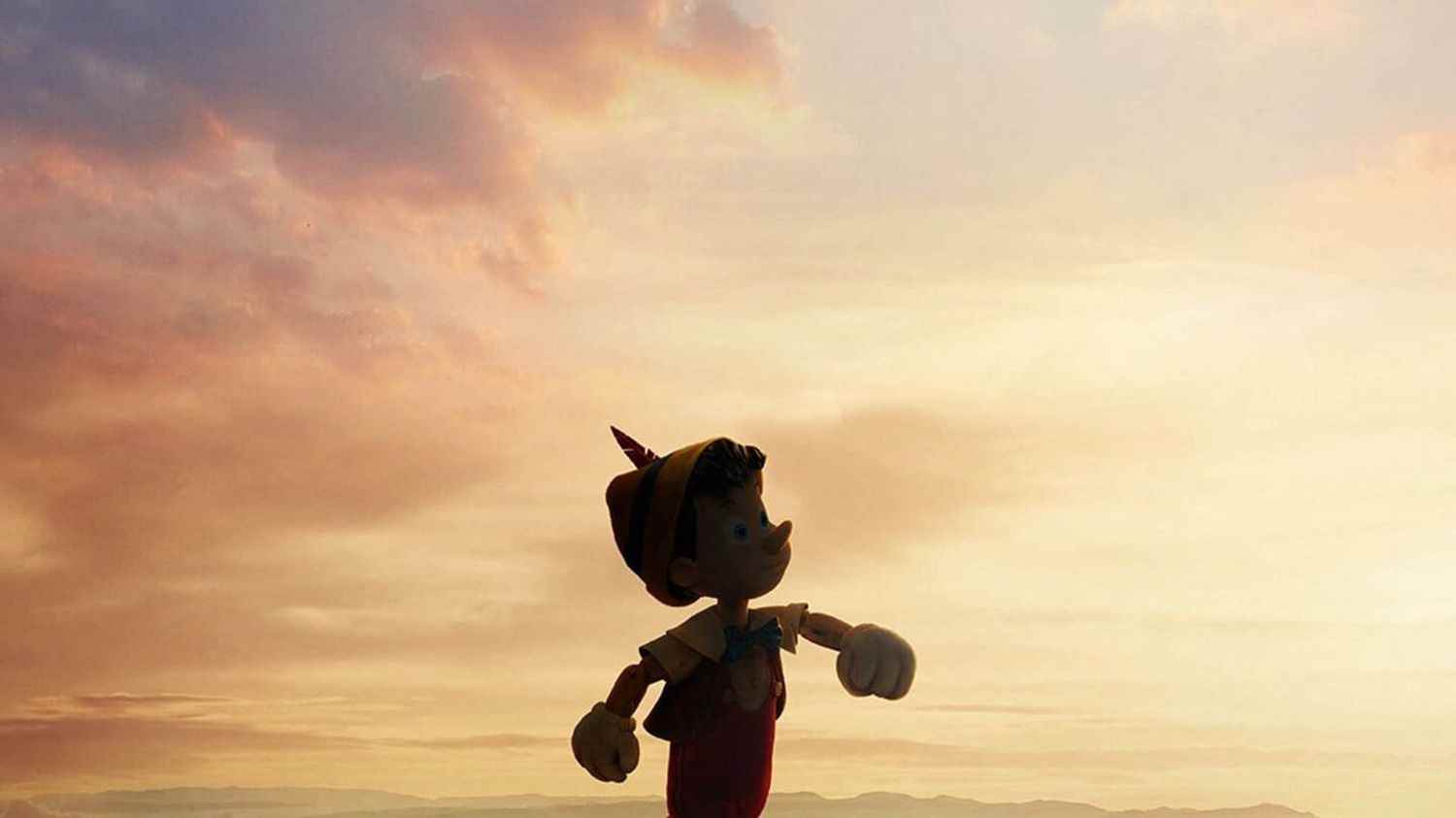Which pinocchio will be the most successful? Less than four months apart, Disney+ and Netflix each offer a new version of the adventures of the famous puppet. Disney kicks off hostilities on Thursday, September 8, with its remake of the 1940 animated film, a mix of live action and computer-generated images directed by Robert Zemeckis. Netflix’s Pinocchio, shot in stop-motion by Guillermo del Toro, will be released on December 9. A century and a half after its invention, the lying puppet character continues to inspire. But who was he really?
>>> Pinocchio on Disney+ and Netflix: how the famous puppet “regenerates, renews itself” for a century and a half
Pinocchio, a pine seed or a “little crevard”
Pinocchio literally means “edible seed of the pine” or “pinion” in the Tuscan dialect, according to the Italian dictionary definition. Tuscany is indeed the region of origin of Carlo Collodi, the author who gave birth to the puppet character in 1881. The Adventures of Pinocchio was written entirely in their regional language. “Occhio” also meaning “eye”, pinocchio, the wooden puppet could also be called “pine eye”.
But according to the Italian linguist Fernando Tempesti, the name of Pinocchio would have had for its creator the pejorative meaning of “little crevard”. A reference to the Florentine commedia dell’arte and the character of Stenterello. In Carlo Collodi’s novel, Gepetto also explains that he named his puppet thus in reference to the name of a family of sloths.
The puppet should have died
The story full of good feelings told by Walt Disney’s Pinocchio, the 1940 film that has become cult, is a very free interpretation of Collodi’s children’s novel. As told on France Culture the professor of Italian literature Aurélie Gendrat, Carlo Collodi wrote a black and satirical comedy, first in the form of a soap opera then reworked to become two years later a more moralizing tale.
If Gepetto creates his puppet it’s not because he dreams of having a child, as the Disney film depicts it, but because he wants to earn money by showing him around the fairs. . Similarly, Jiminy the cricket is not Pinocchio’s ally. In the first versions of Collodi, the puppet even goes so far as to kill the insect by throwing a hammer at it.
No marvelous destiny awaits Pinocchio in the initial version of the tale. Not only does he not turn into a child, but Collodi gives him many painful experiences. He gets his feet burned and gobbled up by a monster. The serial journalist had even initially put his character to death before rescuing him “at the request of the readers and presenters of the newspaper”, specifies Aurélie Gendrat to France Culture.
A version for Soviet children
The Adventures of Pinocchio has been translated into dozens of languages and has been the subject of numerous audiovisual adaptations. One of the most famous, besides that of Disney, is the adaptation of the Russian writer Tolstoy published in 1936 : The little golden key or The Adventures of Bouratino. This work then inspired a musical television film for children in two parts, broadcast in 1975 in the USSR, and became cult.
Pinocchio is also an asteroid
In 1999, two Italian astronomers, Maura Tombelli and Luciano Tesi, discovered a main-belt asteroid (12927) in the solar system, between Mars and Jupiter. They decided to baptize it Pinocchio in homage to Carlo Collodi’s wooden puppet.
